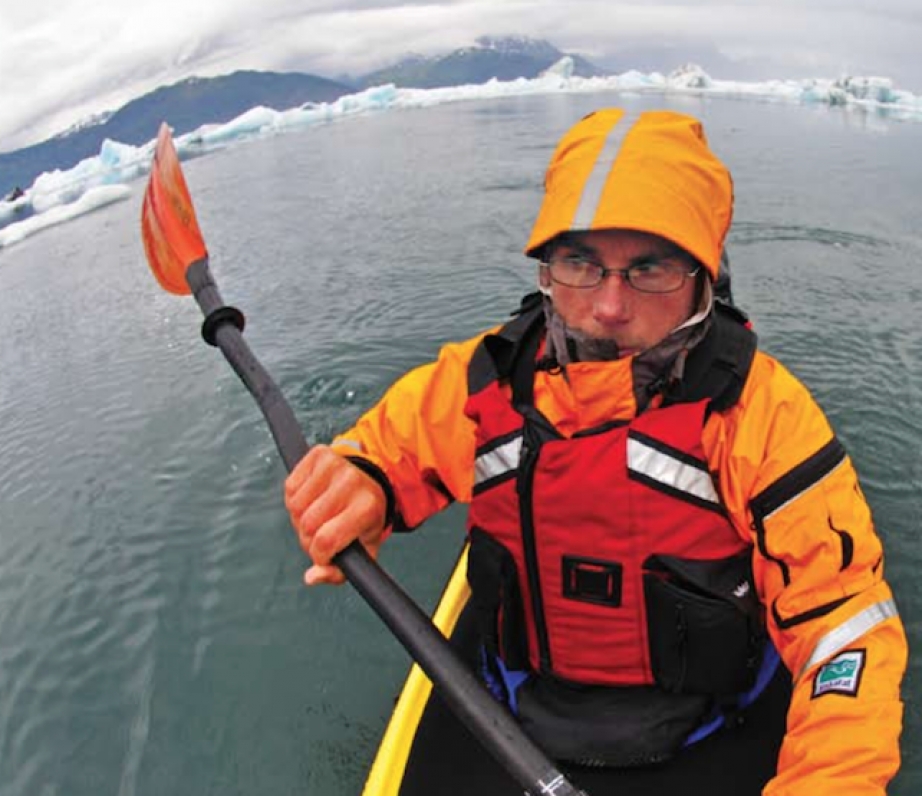One of the most frequently asked questions in sea kayaking is: What is the best color for visibility on the water? Opinions vary, research is scarce and personal experiences are conditional at best. So the bottom line, it seems, is that it all depends.
Our eyes have sensory cells called rods and cones. Rods are more abundant and help us see the size, shape and brightness of an object. They are also more sensitive than cones, which show us colors and detail. Cones detect specific wavelengths corresponding to red, blue or green. We use our cones to see during the day. In low- light conditions we see mostly with our rods, and those images are basically black and white.
In those general terms, a color seen in full sunlight would begin to appear differently as light subdued, caused by either atmospheric conditions such as fog and rain or as nightfall approaches.
The U.S. Navy’s medical research lab conducted a study on color and visibility in 1951. Researchers sought the best visibility colors to aid search and rescue operations at sea. They compared the existing basic yellow of the then-current G.I. survival raft to other colors in the spectrum that might be more visible.
They determined that yellow-red colors were more visible than yellows of the same brightness. They also found that light targets against dark backgrounds were easier seen than dark against light and that the old G.I. rescue raft yellow wasn’t very visible at all.
The general conclusions gleaned from the Navy study were that against normal sea background colors, yellow-reds (think oranges) are most readily detected; the redder the better for visibility in a given value range; and visibility increases by 30 percent when the target color is lighter than the background. A Coast guard friend of mine throws another color into the discussion. Robin’s egg blue stands out extremely well in water from the air.
So what should one’s choice of color be for optimum visibility? Consider the conditions in which you expect to paddle most often. For sunny, clear, bright days, favor reds. If you’re in an area that is commonly overcast, misty and foggy, favor bright yellows or red-yellow. Composite kayaks can be ordered in custom color combinations, but for single-color plastic boats, reds and yellows are probably the best all-round against both dark and frothy waters.
More important than your boat color may be your life jacket, especially if you get separated from your boat. The same theory applies to picking your best life jacket and clothing color. To be more visible at night, carry lights and consider reflective tape on your body and boat, and maybe even a radar reflector for an even greater chance of being spotted.
Tom Watson is a freelance writer with over 20 years experience as a sea kayaker. He specializes in kayak safety, skills and survival techniques.




It’s fluorescent green